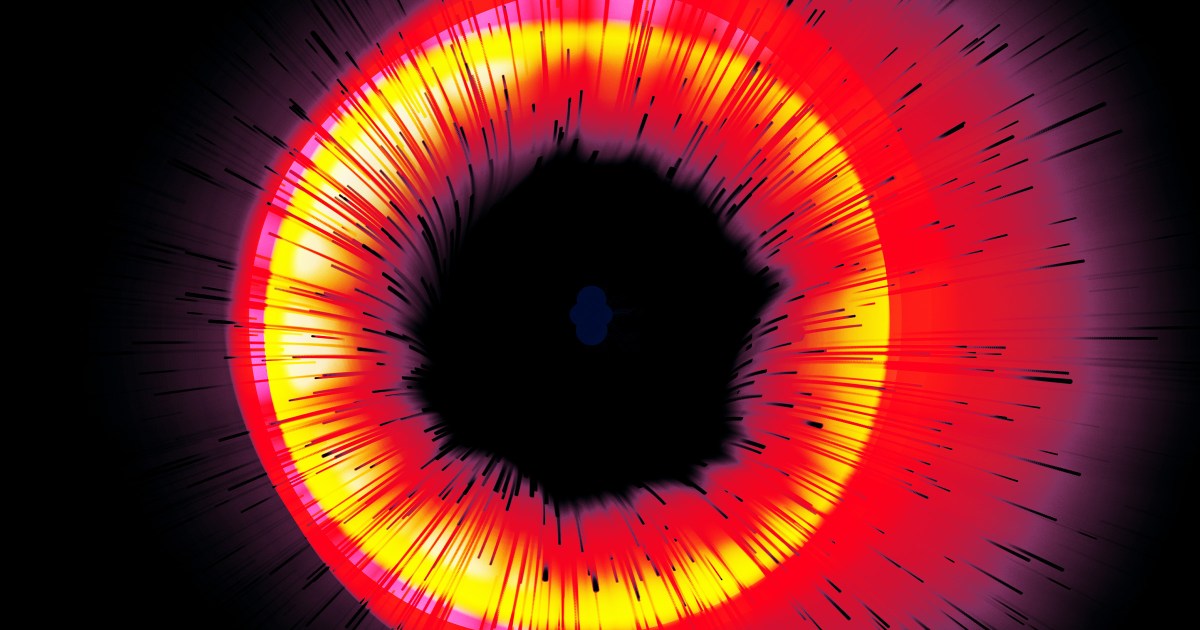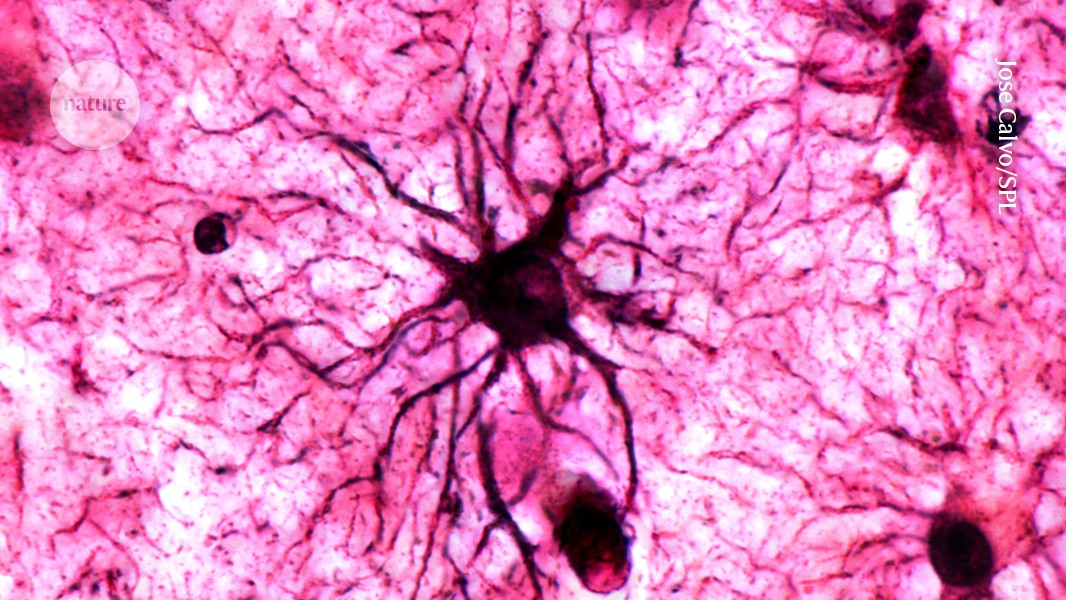Image by Getty / Futurism
“Go outside” or “touch grass” are common rejoinders deployed in online arguments these days. And, at least for those of us whose brains have probably melted from spending too much time on an app where said arguments take place, it turns out it’s pretty sound advice.
As the New York Times reports, there’s a growing body of evidence suggesting that simply spending time in nature can instantly boost your algorithm-addled brain’s attention span. It’s part of what’s called “attention restoration theory,” and while its premise may not be totally surprising, since going outside to “clear your head” or “get some fresh air” are clichés, the fascinating thing is that scientists can’t agree on exactly why it’s happening.
“The evidence is accumulating that, yes, something about walking in nature is benefiting our attention,” Gloria Mark, a professor of informatics at the University of California, Irvine, told the NYT.
But Mark emphasized that it’s a theory: “We don’t know if that’s the real explanation for what’s going on.”
Attention restoration theory was first developed in the 1980s by two married University of Michigan psychologists, Rachel and Stephen Kaplan, and posits that our attention spans are a limited resource that needs to be recharged, the NYT explains. And for one reason or another, being in nature helps accomplish just that.
In a 2008 experiment with several dozen University of Michigan students, half were made to take a walk through an arboretum, a type of park or garden dedicated to trees. The other half took a walk through the local city streets. Later, the groups traded places. Attention and memory tests administered before and after their brief excursions showed that when students ambled among the trees, their scores surged by nearly 20 percent.
“You didn’t even need to like or enjoy the nature walk to get these cognitive benefits,” Marc Berman, a professor of psychology at the University of Chicago who conducted the test, told the NYT. Walking on a cold winter day provided the same boost as a walk in the summer, the newspaper noted.
One of the Kaplans’ central arguments was how nature is “softly fascinating,” capturing our attention without overworking it. A city, by contrast, imposes on us its oppressive, busy geometry. Building on this, Berman tries to ground the theory in some tangible properties of nature, like soft, curved lines, and fractals.
“That might give our brains a rest, and that’s why we might see these benefits,” he told the NYT.
A recent eye-tracking study backs up the idea. In an experiment, the researchers found that when participants were shown images of nature scenes, they exhibited significantly less eye movement than when viewing urban ones. But an analysis of the images couldn’t determine what could be causing the difference in eye movement patterns.
Amy McDonnell, a researcher at the University of Utah, repeated a version of Berman’s experiment, but used electroencephalogram, or EEG, to scan the participants’ brain activity. Per the NYT, the brain scans showed that the nature group had less brain activity after their stroll, and bounced back with more activity when asked to do an attention task.
McDonnell’s work and the eye-tracking study are compelling empirical evidence that something real is taking place — but what that something is won’t be easy to untangle. Some of the science can be a little “hand-wavy,” McDonnell admits, which is a fair criticism. We have a tendency to treat nature as something romantic with almost magical properties. In reality, maybe it’s a change in environment that’s mostly responsible. Or maybe this is a byproduct of our urban-rural dichotomy, rather than something inherent to “nature” itself.
Whatever’s going on, we recommend mulling it over during a nice jaunt through the woods.
More on mental health: Teens Keep Being Hospitalized After Talking to AI Chatbots
Source link


